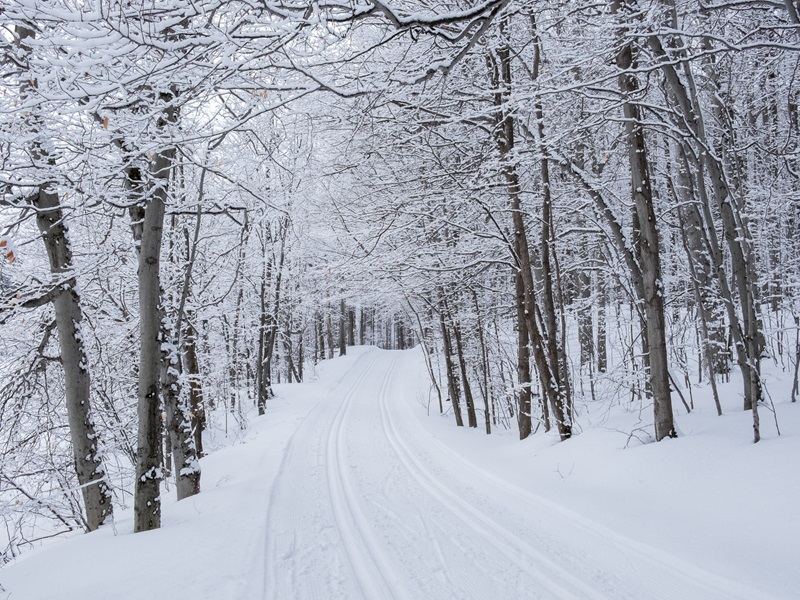Start With Photos
Jul. 29, 2022

In previous articles, I’ve touched on photography here and there. Photos are essential element of my composing.
Observing my own process, I compose by repeating three steps: searching for themes, searching for sounds, and searching for photos.
Here, I’ll write about the relationship between my composing and photography.
In my previous article, I wrote that without deciding on a theme, sounds cannot be determined. But, does deciding on a theme make sounds emerge? Not really. Themes are words. Sounds are impression. This difference is significant, so they don’t connect directly. However, photos can bridge both.
What is the theme of this song? It’s important to express it in words. For example, the song Bougainvillea is titled ‘Bougainvillea’, but the theme was “The brightness and relaxation of Santorini, where the bougainvillea blooms.” The words such as ‘Brightness’ and ‘Relaxation’ are important. Because I can ask myself “Is this sound bright?”, “Is this sound relaxing?” But, the word ‘Santorini’ can’t describe how the island is.
On the other hand, photos titled ‘Santorini’ give me the impression of the island. In other words, the photos connect the words and the impression. And since both photos and sounds can be perceived as impressions, it’s easier to make sounds from the photos than from the theme expressed in words. In this way, by using photos as a medium, I can create sounds that suit the theme.
Theme, sounds, photos. The order in which these three elements are decided varies. For the song Bougainvillea, the initial theme was bougainvillea flowers, but while searching for photos of the flower, I found many photos of Santorini. That’s how the theme expanded to the whole island. And while looking at my absolute favorite photo among them (the one with the boat crossing the sea), the first phrase came to me. In this case, the sequence was: initial theme → photo search → theme change → first “bright” phrase → different photo → next “relaxed” phrase → composing whole.
Sometimes, even without a set theme, the moment I look at an impactful photo, sound suddenly comes out of the guitar. Ski Hike is that kind of song. The moment I saw the cover photo, sound came out of the guitar and the first phrase was made.
And since the sound felt childish, I decided the theme to be about enjoying the snowy mountains rather than skiing as a sport, and the subsequent phrases flowed naturally from there. The sequence was: photo → first phrase → theme → other photos → following phrases.
In this way, photos have the ability to connect theme and sounds, and these three elements become increasingly clear in a spiraling progression. This is the primary reason I need photos.
The second reason is to prevent the song from drifting away. Composing goes well when the first phrase fits well with the theme, but when I keep going, often forget the theme and just connect the phrases one after another. But the photos let me know that I am drifting away from the theme, and I can correct the direction. And if I really want to change direction, I’ll look for a different photo for the phrase that follows.
The third reason concerns plagiarism. It may not be directly related to composing, but I don’t feel good to compose songs while worrying about this.
Isn’t the song I made a plagiarism? Of course I don’t intend to plagiarize. But as a result, isn’t there a similar song in the world? I’m sure there will be. There are only seven pitches. Even if we include semitones, there are only 12. Also, the length of the notes are only about 10 types actually used. Random sounds do not make music, so there are even fewer meaningful choices. If it is one or two measures long, perhaps all the phrases have already been made. Because people all over the world have been composing for over 1,000 years.
But on the other hand, the songs I know are only a few of them. I can try not to resemble a song I know, but there is nothing I can do about a song I don’t know. So, I’m sure there is a song that sounds like my song. Then what should I answer if I’m asked that “Isn’t it a plagiarism?”
How about people who paint? Many Japanese, from artists to children, have painted pictures of the famous Japanese mountain Fuji. Even if the painting one drew resembles someone else’s, it wouldn’t be plagiarism if he drew it looking at Mt. Fuji himself. But if he drew it by looking a painting of Mt. Fuji instead Mt. Fuji itself, it may be plagiarism.
If one looks at a painting and draws a painting, it is plagiarism; if one looks at something that is not painting and draws a painting, it is not plagiarism. That’s why I need a photo. If I make a song from something that isn’t music, it’s not plagiarism.
I don’t know if the world will accept this logic, but thinking this way allows me to create the songs with peace of mind. When people say there is a song that sounds like it, I would say, “You have that one. But I wrote this one.” I neither want to create a new music nor to show my originality. I just want to enjoy composing. Even if I happen to find the exact same song as mine, it doesn’t change the enjoyment I felt when I composed it.
← Carve Out Theme / Worry About Structure →
Photo by MustangJoe on Pixabay